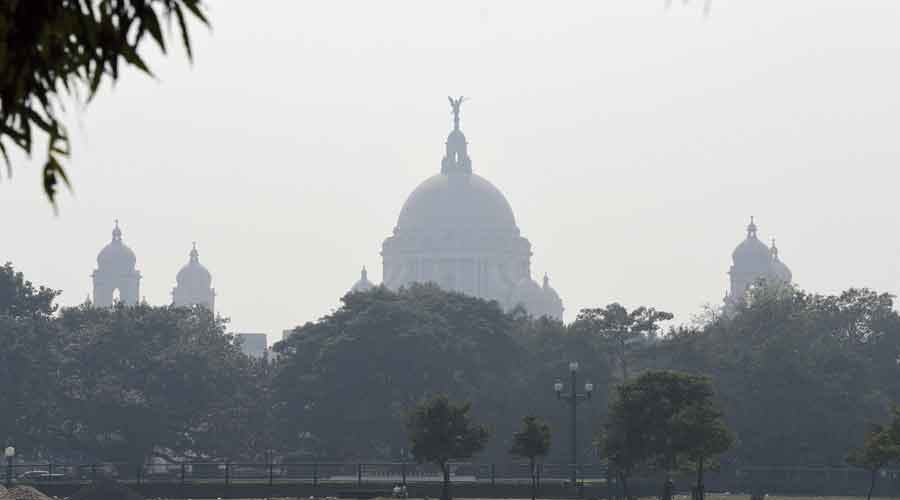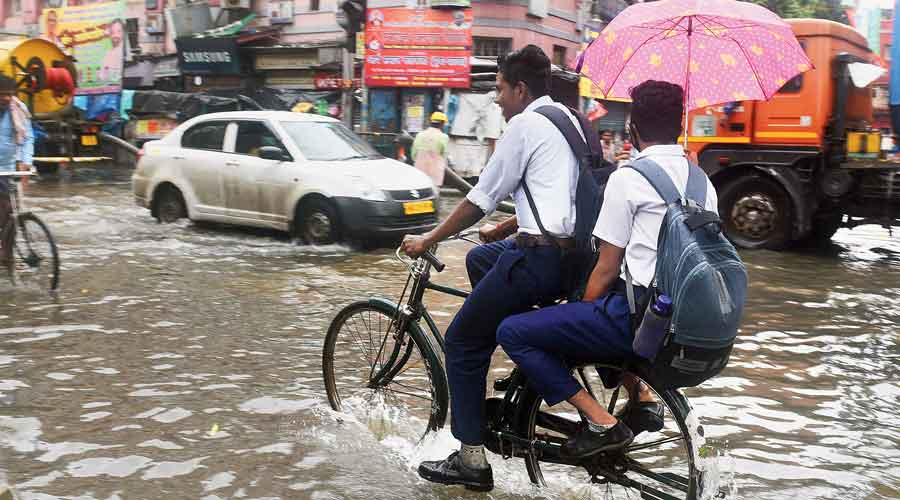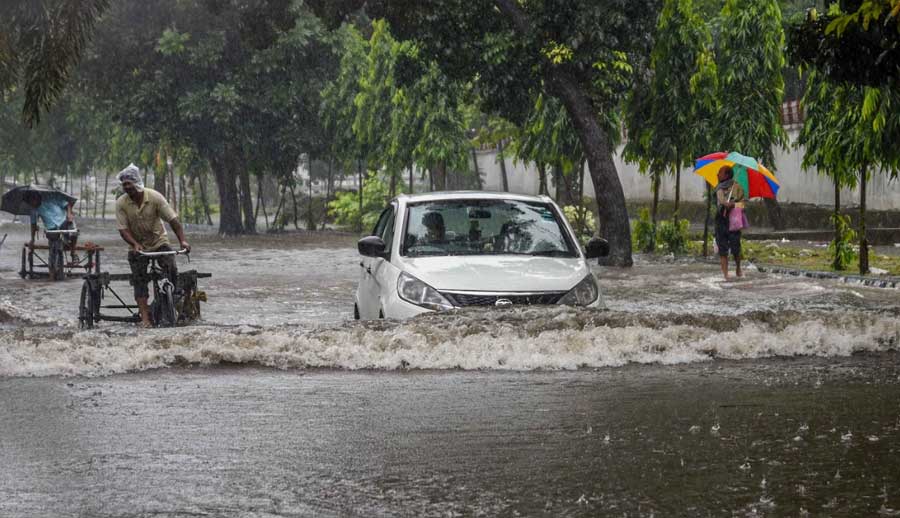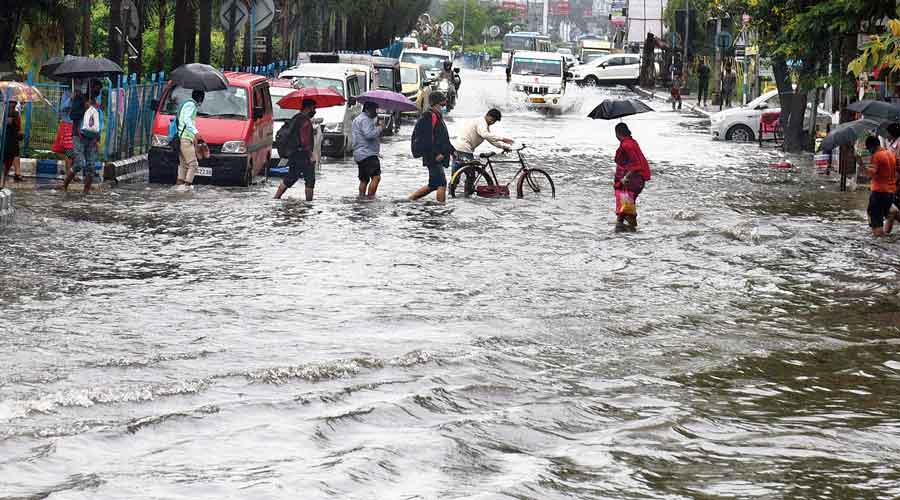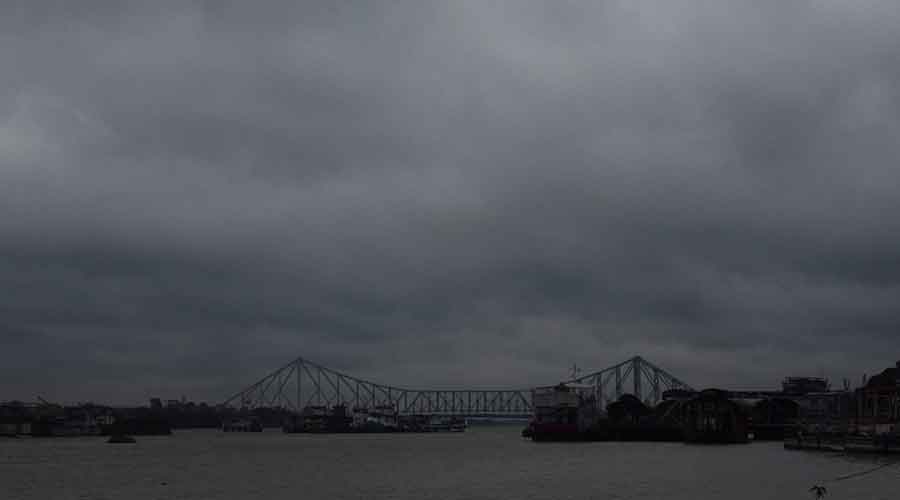Kolkata's air quality improved by around 80-90 per cent, after 'Jawad' induced rain. The cyclone lashed the city in the last couple of days, however, pollution control board officials and environmentalists are glad about the air quality improvement as stated on Tuesday.
The Air Quality Index (AQI) of 20 (good) was registered at Victoria Memorial, 43 (good) at Ballygunge, 33 (good) at Rabindra Sarobar, and 51 (satisfactory) at Rabindra Bharati University at 7 AM on Tuesday, as per data provided by the Central Pollution Control Board.
In accordance with the air quality report of Dec 3rd, the AQI was 185 (moderate) at Victoria Memorial, 212 (poor) at Ballygunge, 163 (moderate) at Rabindra Sarobar, and 307 (very poor) at Rabindra Bharati University at 9 AM, which was before the rain washed the city.
"A maximum of 90 per cent and a minimum of 80 per cent improvement in the AQI of Kolkata was reported after the cyclone-induced rain lashed the city. This was one of the lowest records for the city in the month of December, in the last 40 years," Environmentalist S M Ghosh told PTI.
West Bengal Pollution Control Board (WBPCB) Chairman, Kalyan Rudra said that the improvement in AQI was very encouraging and air pollution was certainly lower than usual, creaditing the unseasonal rains for it. He, however, also said there was no mechanism to monitor real-time air quality four decades ago.
The average PM 2.5 level was at 19 mg per cubic meter, which is one of the lowest in the air pollution history of the eastern metropolis, the WBPCB stated. Even Howrah's Ghusuri, which normally records heavy air pollution due to the presence of several foundries where junk metals are processed, the AQI was 40 (good). The AQI at Victoria Memorial monitoring station on December 6 last year was 254, and 175 in 2019.

